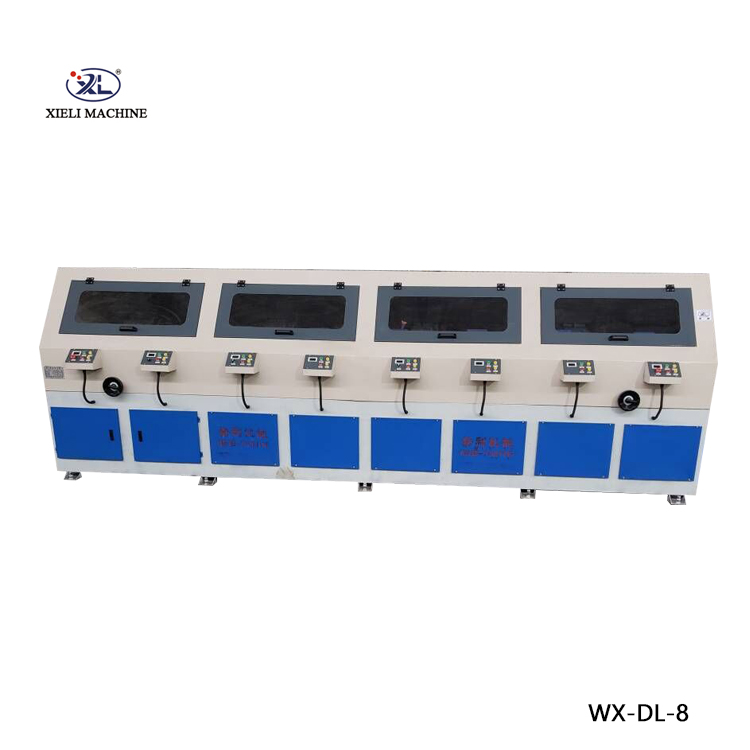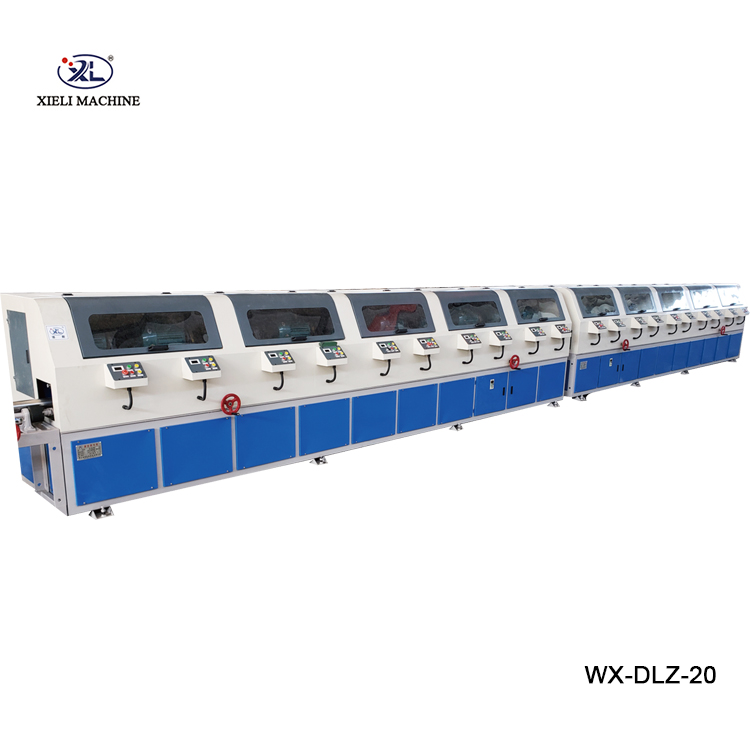Understanding Surface Grinders and Centerless Grinding Factories
In the manufacturing realm, precision and efficiency are the cornerstones of productivity. Among the various manufacturing processes, surface grinding and centerless grinding stand out as critical methods for achieving dimensional accuracy and surface finish on metal and other materials. This article explores the significance of surface grinders and centerless grinding factories, shedding light on their operations and applications.
Surface Grinding The Basics
Surface grinding is a machining process that involves the use of a rotating abrasive wheel to remove material from the surface of a workpiece. This method is predominantly employed to achieve a flat, smooth surface finish on metals and other materials. Surface grinders come in various types, including horizontal spindle, vertical spindle, and rotary surface grinders, each tailored to specific applications and workpiece geometries.
The heart of the surface grinding process lies in its ability to deliver consistent results. By employing a rigid setup, operators can ensure that the workpieces are held securely while the grinding wheel cuts away material. One of the key advantages of surface grinding is its capacity to achieve tight tolerances, often within a few microns, making it essential for industries such as aerospace, automotive, and precision engineering.
Centerless Grinding A Unique Methodology
Centerless grinding, on the other hand, is a machining process that differs significantly from traditional grinding methods. In centerless grinding, the workpiece is not supported by centers or chucks, but instead rests on a work blade and is held in place by a grinding wheel. This unique setup allows for continuous grinding of the workpiece, eliminating the need for intermediate handling, which can increase processing time.
There are two primary types of centerless grinding through-feed and in-feed grinding. Through-feed grinding is suited for producing long, cylindrical parts, where the workpiece is fed continuously through the grinder. In-feed grinding is used for components with specific diameters that require more intricate grinding processes.
surface grinder centerless grinding factories

The centerless grinding process is highly efficient. It allows for high production rates and minimal downtime, making it ideal for manufacturing industries that demand precision and speed. Moreover, centerless grinders are designed to accommodate a wide range of materials, from soft metals to high-strength alloys.
The Role of Centerless Grinding Factories
Many manufacturing facilities leverage both surface grinders and centerless grinding in a synergistic manner. Centerless grinding factories are specialized facilities equipped with advanced machines designed exclusively for these processes. These factories typically feature highly automated systems to ensure consistency, reliability, and optimum output.
In modern manufacturing settings, centerless grinding factories utilize computer numerical control (CNC) technology to enhance precision and reduce human error. This technological advancement enables manufacturers to produce complex geometries and achieve superior surface finishes without the labor-intensive processes of traditional machining.
Furthermore, these factories often incorporate lean manufacturing principles, which focus on minimizing waste and maximizing value. The integration of techniques like total productive maintenance (TPM) and continuous improvement methodologies ensures that operations are not only efficient but also adaptable to changing customer needs.
Conclusion
Surface grinding and centerless grinding represent indispensable processes in the manufacturing landscape. These methods not only enhance the quality of finished products but also contribute to the overall efficiency of production operations. As industries continue to evolve, the importance of advanced grinding techniques and specialized factories will only grow, driving innovation and excellence in precision manufacturing. Understanding these processes is essential for engineers, manufacturers, and businesses aiming to remain competitive in a fast-paced market.





